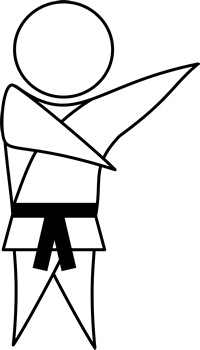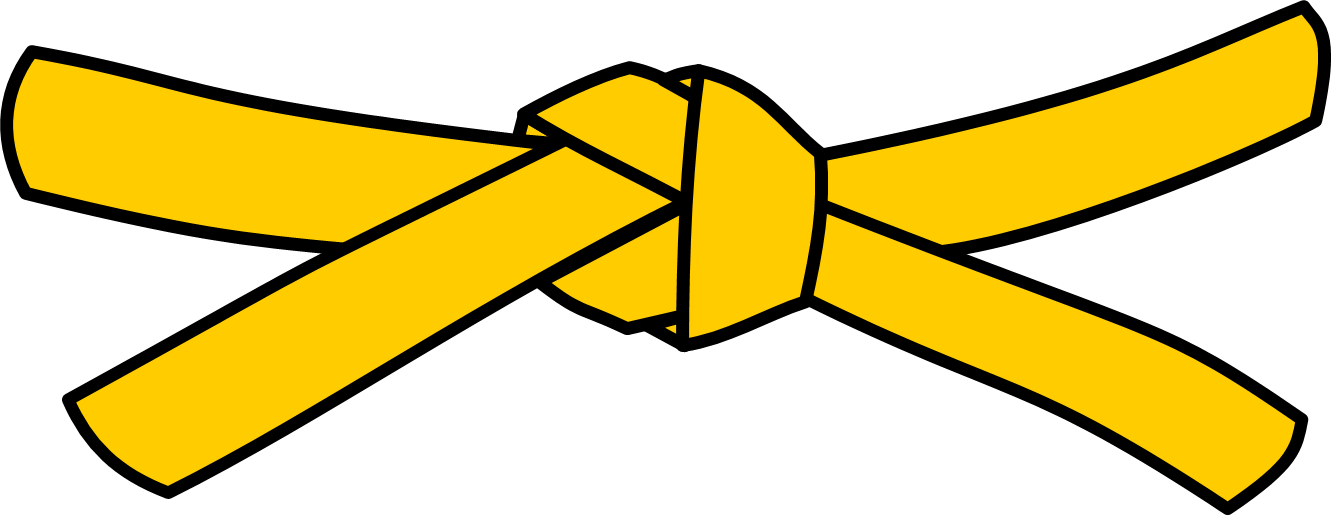Loading...
What We Teach

Kihon
Kihon simply means basics or foundations. All students will need to take part in this section of the class. This is especially important for new students since Kihon forms the building blocks for all karate.
Kata
Kata are forms or patterns performed by a karate practitioner. As a person progresses from grade to grade they learn new kata. These kata are designed to highlight key skills needed by someone of that level. A student is not judged just on their latest kata, but on all kata they have learned.
Kumite
Kumite literally means "grappling hands", it is like sparring in sports such as boxing or wrestling. The aim of Kumite is to develop and refine the techniques and skills taught in Kihon section of the class. To ensure student safety we practice no contact or controlled contact kumite.
Bunkai
Bunkai is the analysis of a kata or technique. Through Bunkai we learn how to apply our karate in the real world.
Self-Defence
Self-Defence is the most common reason people take up karate. A student who only learns Kihon, Kata, Kumite and Bunkai will never have the skills for a real world event. The difference between the karate practiced in a dojo and the real world is how we engage with an attacker. In this section of the class your karate becomes more fluid and real.
Adaptation to Student Needs
All students are expected to perform Kihon, Kata, Kumite, Bunkai and Self-Defence. However, any limitations will be taken into account. Your instructor will adapt the training to ensure you can achieve your maximum potential.
Your First Grading
 Yellow Belt is your first grading. This will take place after your tenth class. You are expected to perform all of the kihon and kihon kata listed below. However, the most important part of the grading is your attitude.
Yellow Belt is your first grading. This will take place after your tenth class. You are expected to perform all of the kihon and kihon kata listed below. However, the most important part of the grading is your attitude.
Attitude
- Respect
- Willing to learn
- Count to 10 in Japanese
Kihon
| Block | Japanese | Stance |
|---|---|---|
| Upper level block | Jodan age uke | Parallel stance |
| Inside hooking block | Uchi uke | Parallel stance |
| Downward block | Gedan barai | Parallel stance |
| Stance | Japanese |
|---|---|
| Front stance | Zenkutsu datchi |
| Box stance | Shiko dachi |
| Short front stance | Han zenkutsu datchi |
| Parallel stance | Heiko dachi |
| Strike | Japanese | Stance |
|---|---|---|
| Upper level | Jodan tsuki | Parallel stance |
| Rising elbow | Hijiate | Parallel stance |
| Short punch | Shita tsuki | Parallel stance |
| Middle level | Chudan tsuki | Parallel stance |
| Kick | Japanese | Stance |
|---|---|---|
| Front kick | Mae geri | Short front stance |
Kihon Kata
- Moving forward in Front Stance with guard over the leading leg
- Moving backwards in Front Stance with guard over the leading leg